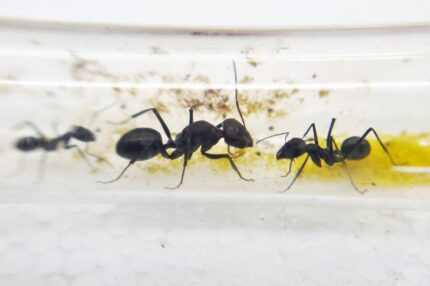
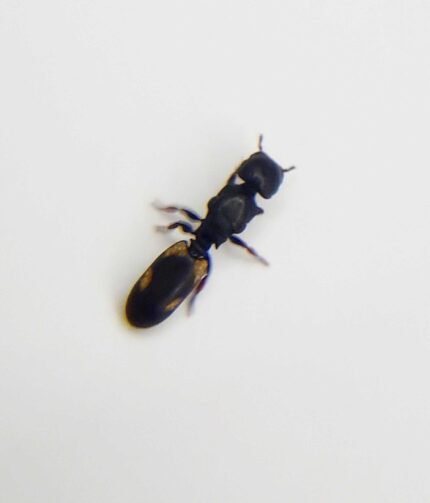
Cataulacus horridus
289,99 zł – 469,90 zł
The captivating ant species, Cataulacus horridus, is loved by ant-keepers for its unique characteristics and interesting behaviors. With the ability to thrive in polygynous colonies, this species amazes enthusiasts with its harmonious coexistence of multiple queens. Discover the allure of Cataulacus horridus and its intriguing social structure.
| Behavior | |
|---|---|
| Difficulty in breeding | |
| Origin | |
| The size of ants | |
| Wintering |
Cataulacus horridus: A Fascinating Ant Species for Ant-Keeping Enthusiasts
Cataulacus horridus is a highly sought-after ant species among ant-keeping hobbyists. Its unique polygynous social structure, diligent behavior, and impressive nest-building skills make it a captivating species to observe and study. This ant species, native to tropical and subtropical regions, primarily in Africa, adapts well to different environments and can be found in both ground-dwelling and arboreal colonies.
Colony Type: Monogyny
Colony Size: Up to 5000 workers
Development Speed: Fast
Size and Color:
- Queen: 7-9mm
- Workers: 3,5-6mm
Color: black
Nutrition:
- Food insects (such as cockroaches and crickets) dead, or live if colony is big
- Syrup (a mixture of water and honey or sugar, with a ratio of 4/3 water:1)
- Fruits and vegetables
- Jelly
- Cooked chicken without salt, shrimps
- Honey
Don’t forget to check out our food products to ensure a well-balanced diet for your colony!
Humidity and Temperature:
- Humidity: Arena: 40-60%, Nest: 50-60%
- Temperature: Arena: 22-28 °C, Nest: 22-26 °C
Cataulacus horridus is a truly remarkable ant species that captivates the hearts of ant enthusiasts. Their polygynous social structure, impressive colony size, diligent behavior, and unique nest-building skills make them a highly sought-after species among ant-keeping hobbyists. However, it is important to approach keeping Cataulacus horridus with care, responsibility, and ethical considerations to ensure their well-being and conservation in their natural habitats. By understanding and appreciating these ants, we can continue to enjoy their fascinating behavior and contribute to their preservation and understanding in the ant-keeping community. For other fascinating ant species, explore our collection at [AntonTop.com](https://antontop.com/ants/).


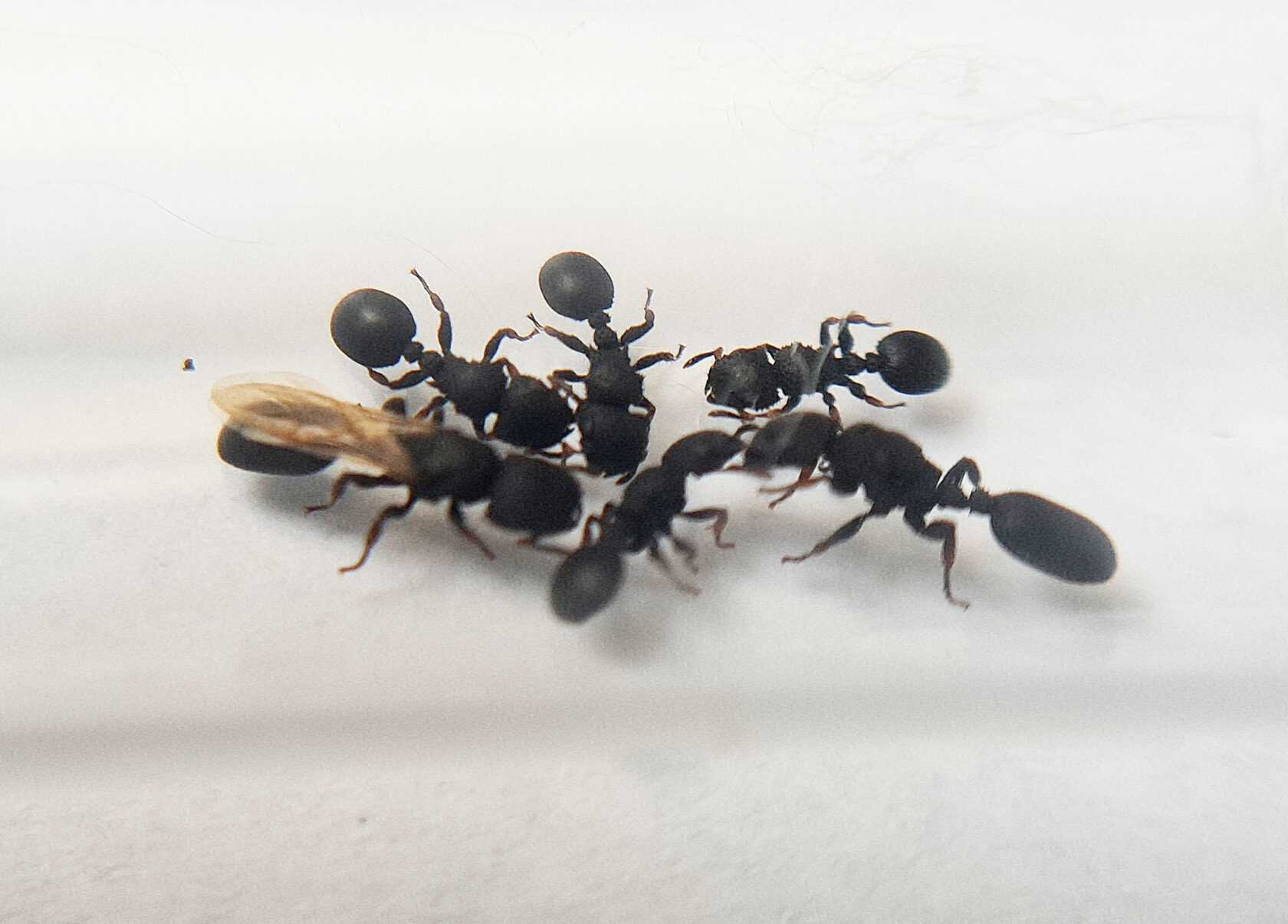
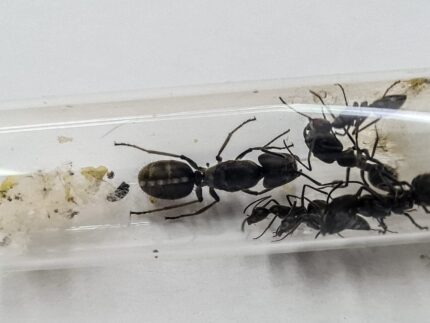
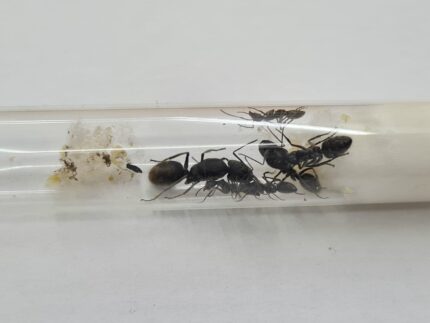
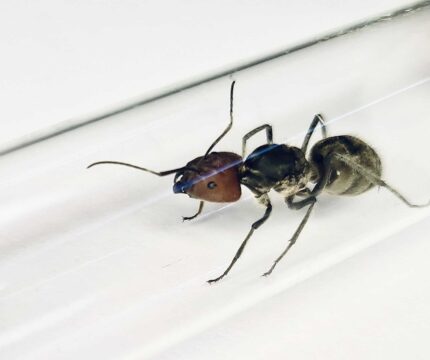
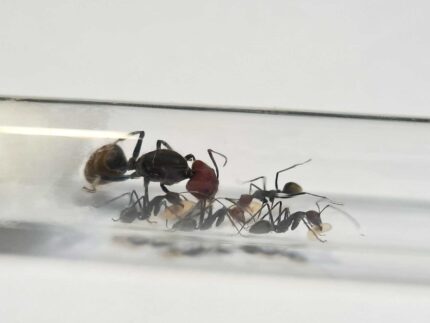


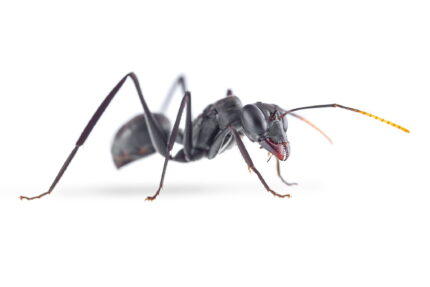
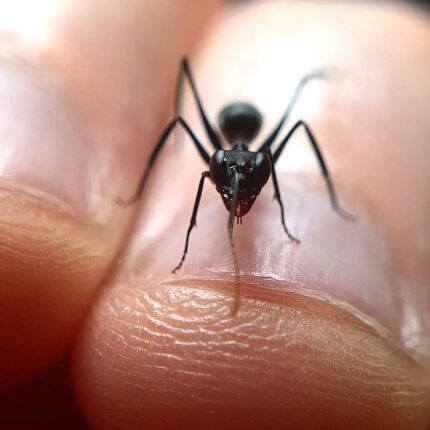
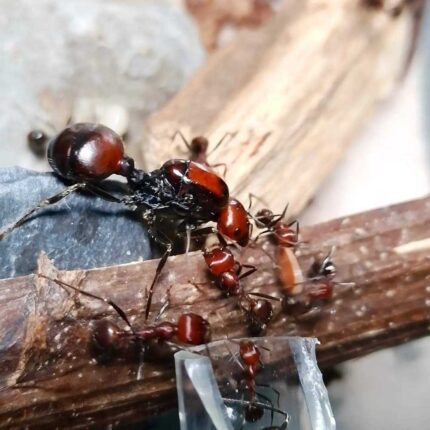
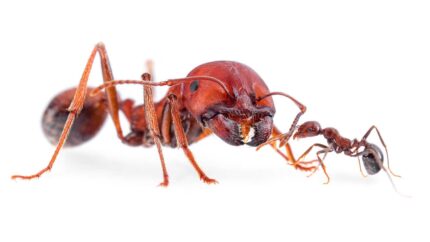
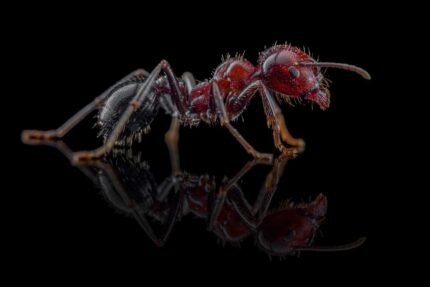
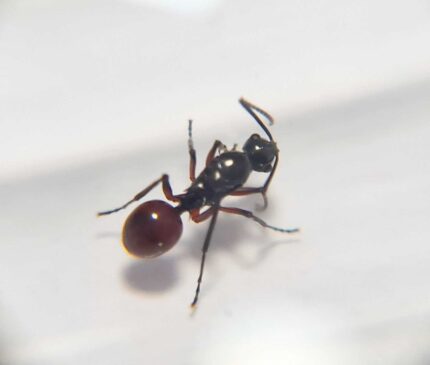
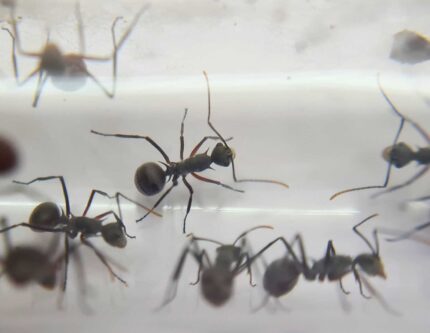
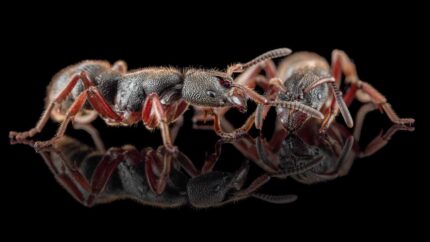
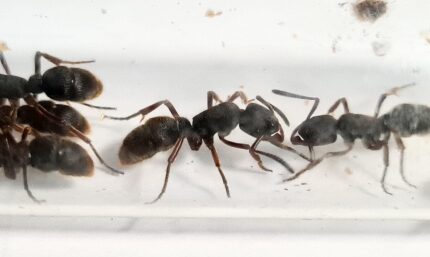
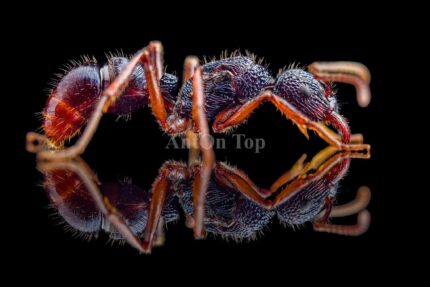
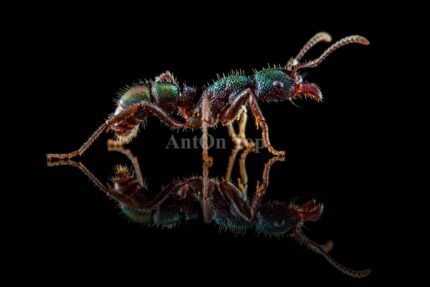
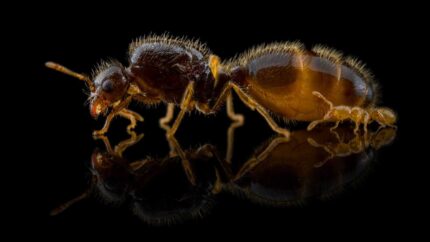
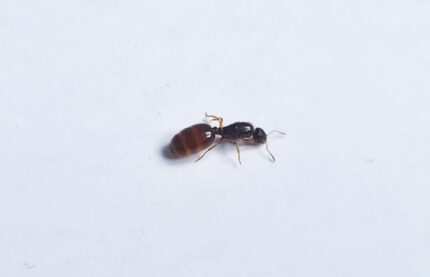
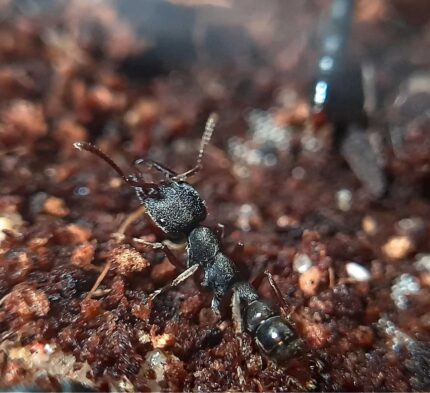
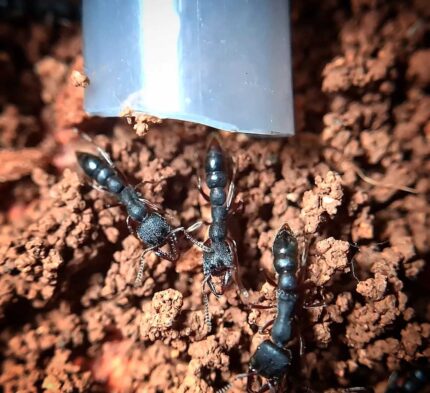
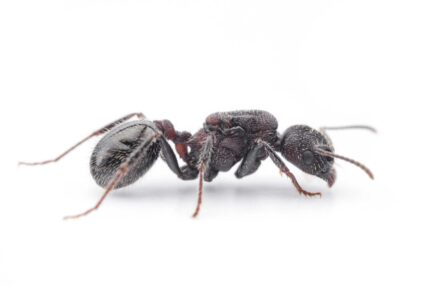
Valoraciones
Clear filtersNo hay valoraciones aún.